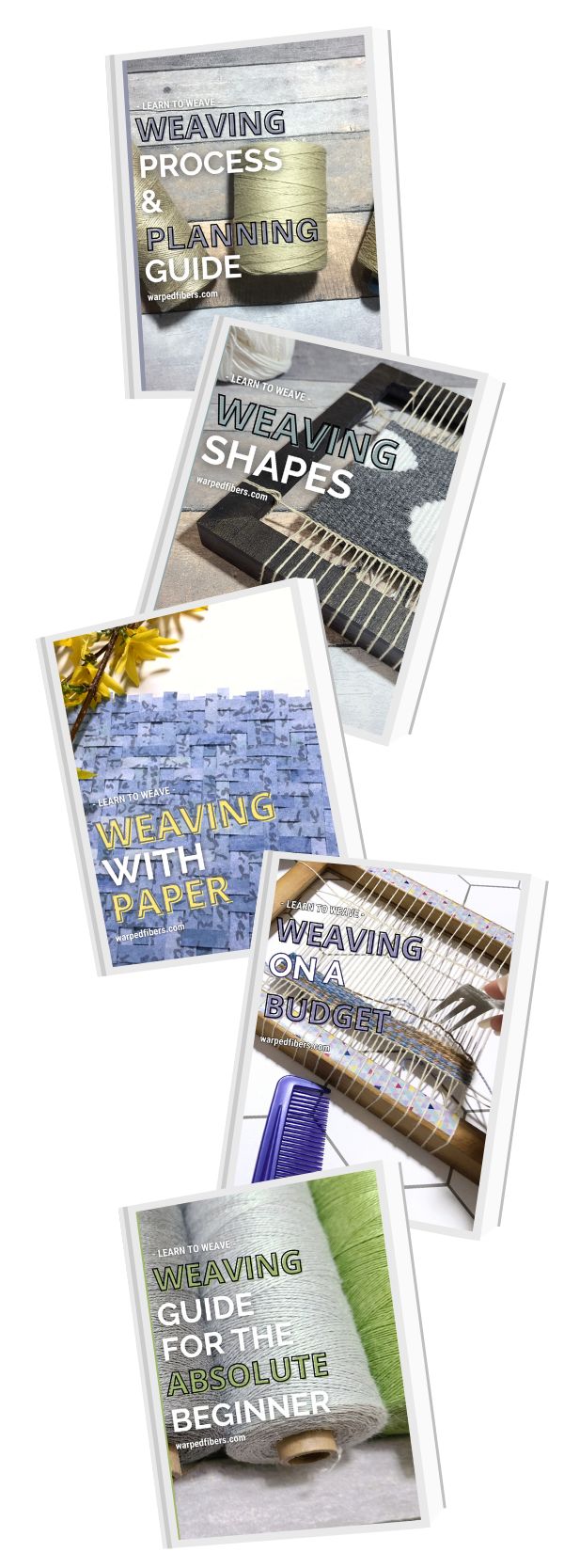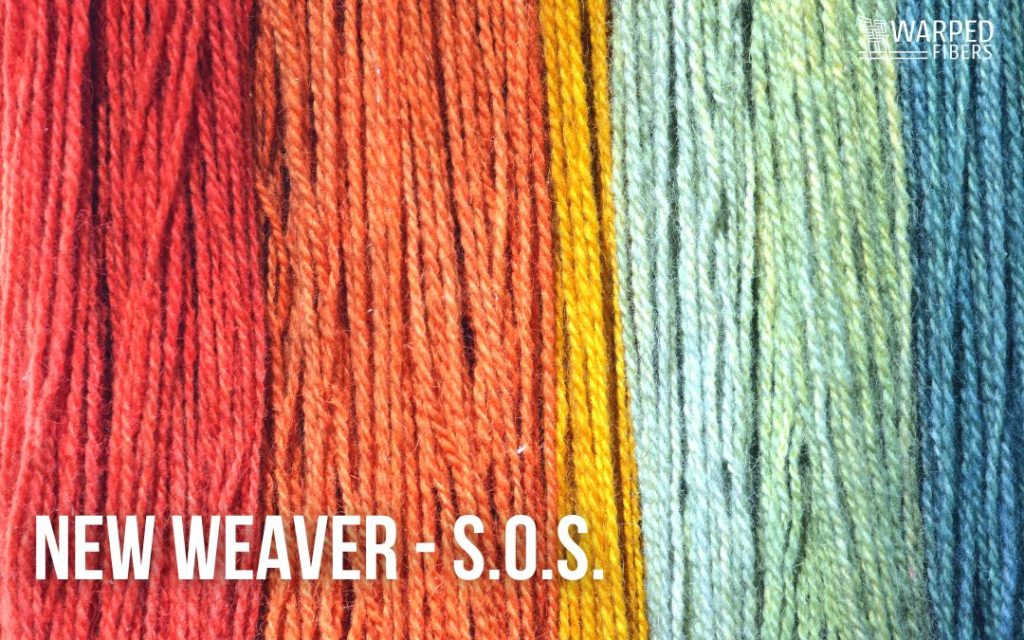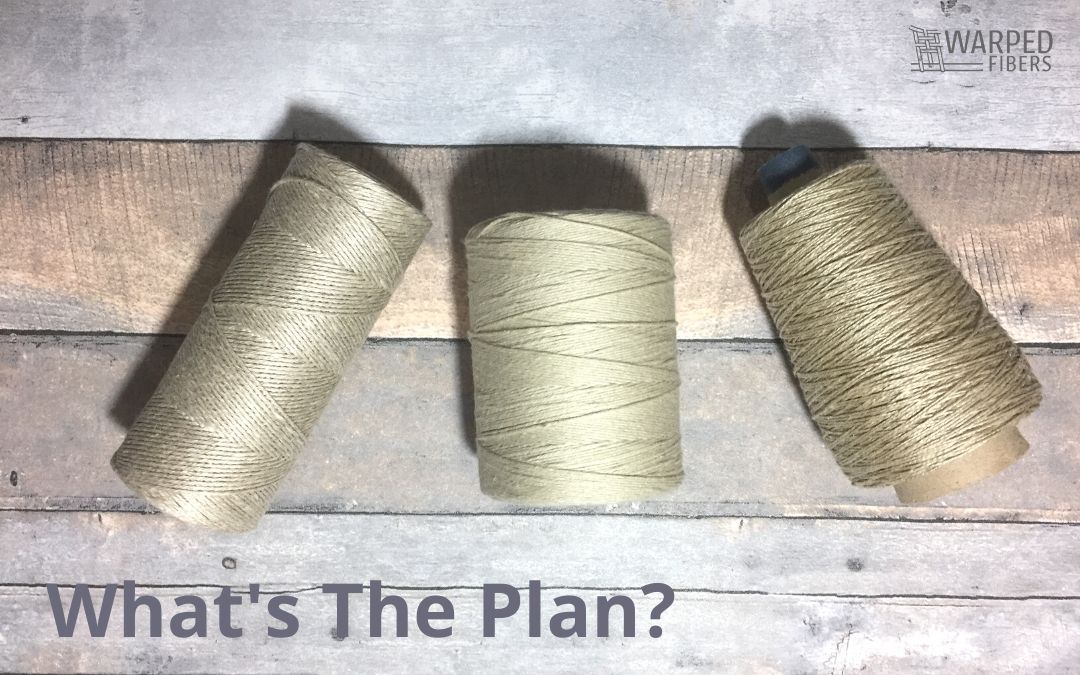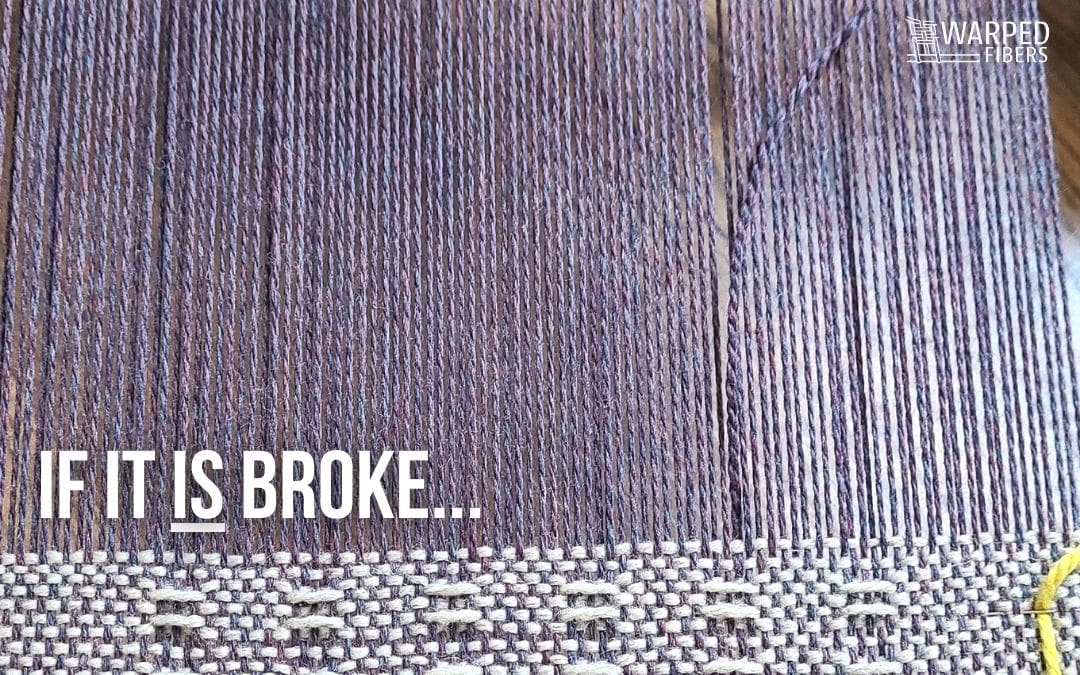One of the greatest lessons I have learned from having my own studio practice is that good organization can save you.
Now that might seem a bit dramatic – but really it is one of those things that I figured out the hard way.
Even if organization doesn’t come naturally to you (guilty) sometimes you just need to buckle down so you can get through it, because in the long run you will be thankful you did.
In case the title didn’t tip you off: today we’re talking about using a yarn notebook.
It may not be the most exciting part of your studio practice, but it might just be the most helpful.
If I didn’t force myself to keep track of my yarn – I’d run out of something and have no idea what size it was or where to buy more. This obviously could be detrimental if you are mid-project. It can also be a good way to keep your studio stocked with the yarn you use the most. The notebook is an easy and inexpensive way to get your studio together. Pretty much everything you need can be purchased in the office supply section of any store.
This page may contain affiliate links. If you purchase something through these links then I will receive a small commission – at no extra cost to you! Please read our DISCLAIMER for more info. Thanks for the support!
What You Need:
3 – Ring Binder
Card Stock
Stapler or Tape
Pen
Ruler
The Binder
I’m sure there are many different options for keeping track of your yarn, but I find the most effective way to be in a 3 – ring binder.
I began using these binders for art handouts and notes throughout my time at VCU. They were actually required for the class – but I found them so helpful in the long run that I required them of my students as well while I taught there.
These binders still to this day are a great resource for a lot of my fiber related information and notes. You could even use yours to hold other information beyond your yarn stash. Think about storing samples and their respective information or receipts from yarn and tool purchases in case you can deduct them come tax time. Really you can use this to keep track of anything pertinent to your own studio.
So here’s how I’ve set mine up:
Card stock is a really great option to use for your notebook because it’s heavy enough to hold up to all your yarn samples but thin enough not to be bulky.
I have set up each page as a different type of fiber – but you could divide your pages between retailer, warp sett, or size. Then each each fiber page is split up into the five categories that are most important to me, but you should do what makes the most sense to you.
Possible Categories To Include:
Sample
Size
Price per lbs/ cone/ tube
Name/Color
Retailer
Warp Sett
Origin
Notes
Number of Cones You Have On Hand
Other Considerations
If you dye your own yarn then it is really important to take good notes. This will help to avoid inconsistencies between dye lots. It’s always a good idea to dye all the yarn you need for each project at one time, but sometimes you need to recreate it. I don’t know about you, but my memory isn’t that good.
You might even want a separate notebook dedicated to this if you dye a lot of yarn.
Think of your dye notebook as a not so tasty recipe book.
Your notebook could also really help you out if you plan on selling your work. Having a well organized account of how much you paid for your materials can be a lifesaver when pricing out a piece that is already made or one that is being commissioned. On that note, a kitchen scale can really help you out to weigh your cones before and after the piece is finished. Doing this helps to get a more accurate account of how much yarn you used and therefore how much to charge for materials.
Don’t let the set up deter you. Setting up your yarn notebook shouldn’t take too much time unless you have a ton of yarn. If that’s the case, I recommend the notebook even more to help keep you straight. Honestly, the hardest part is just remembering to update the notebook when you buy new yarn.
Speaking of…
⇣ Love It? Share it! ⇣
You May Also Like






















